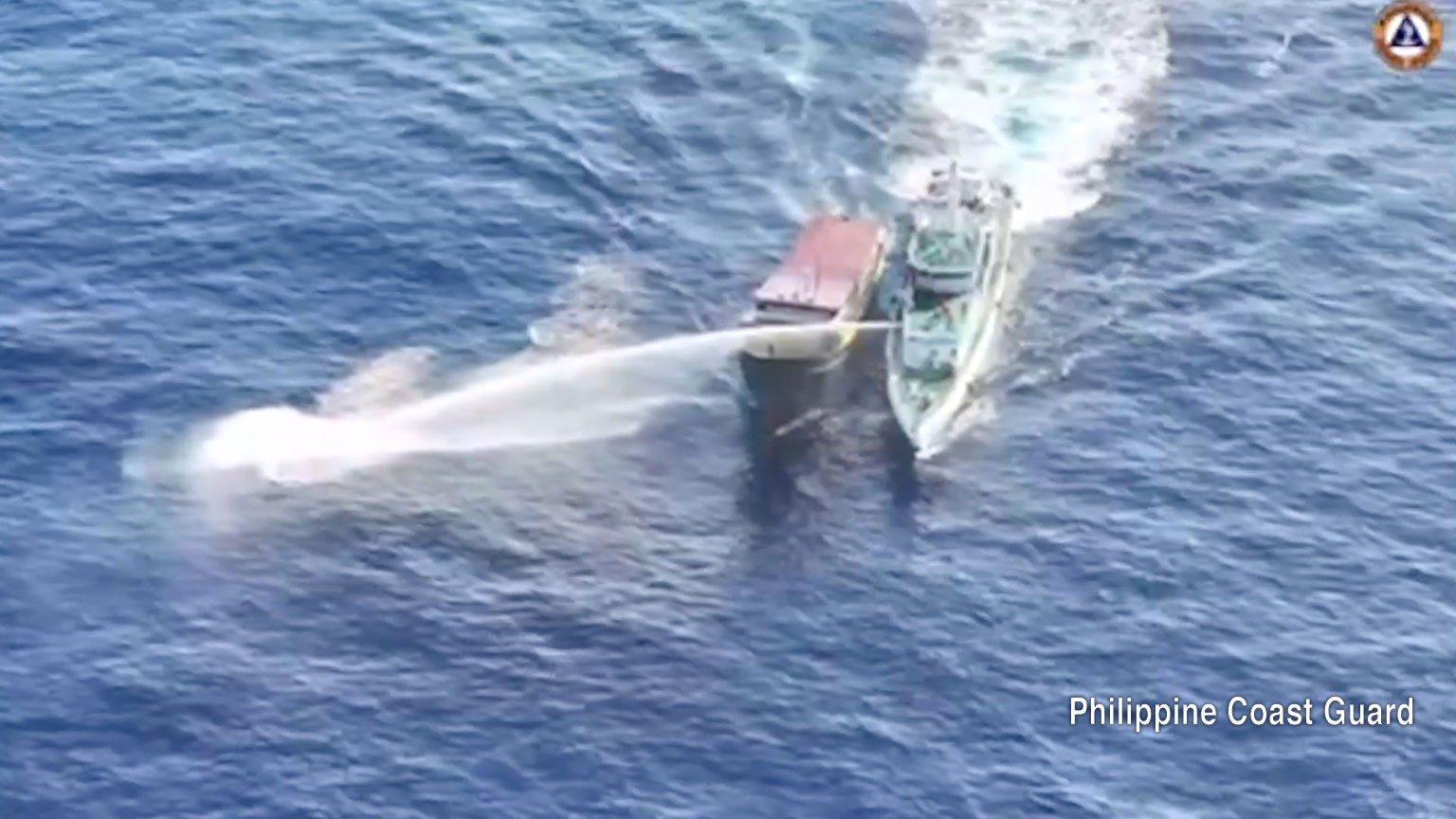Leaders of Philippines, US, Japan talk defense cooperation
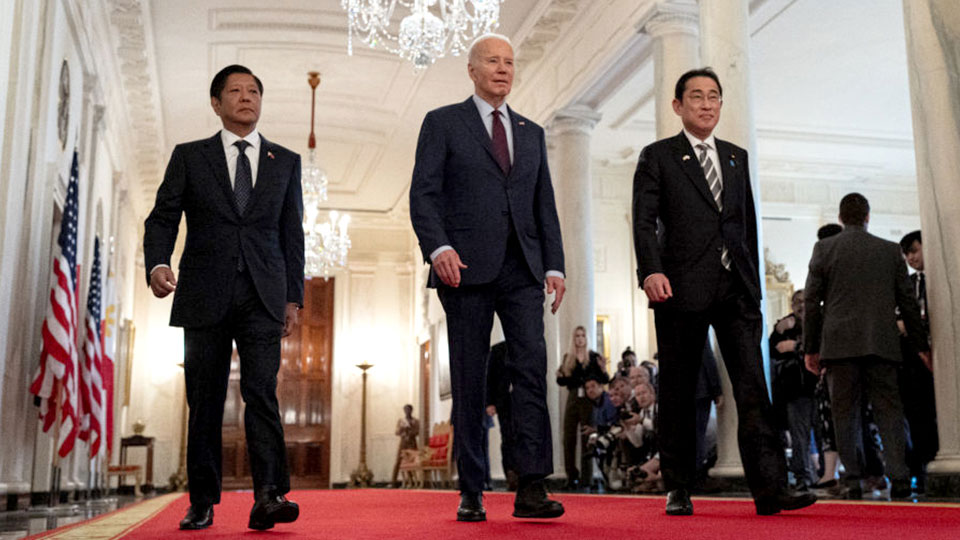
The leaders of the Philippines, the US, and Japan held their first, three-way trilateral summit to reaffirm their growing concerns about China's activities in the South China Sea and the Indo-Pacific. They met to discuss defense cooperation between their countries.
Biden said "the US' defense commitments to Japan and to the Philippines are ironclad... and any attack on Philippine aircraft, vessels, or armed forces in the South China Sea would invoke our mutual defense treaty."
A soldier's death will trigger Philippines-US defense treaty
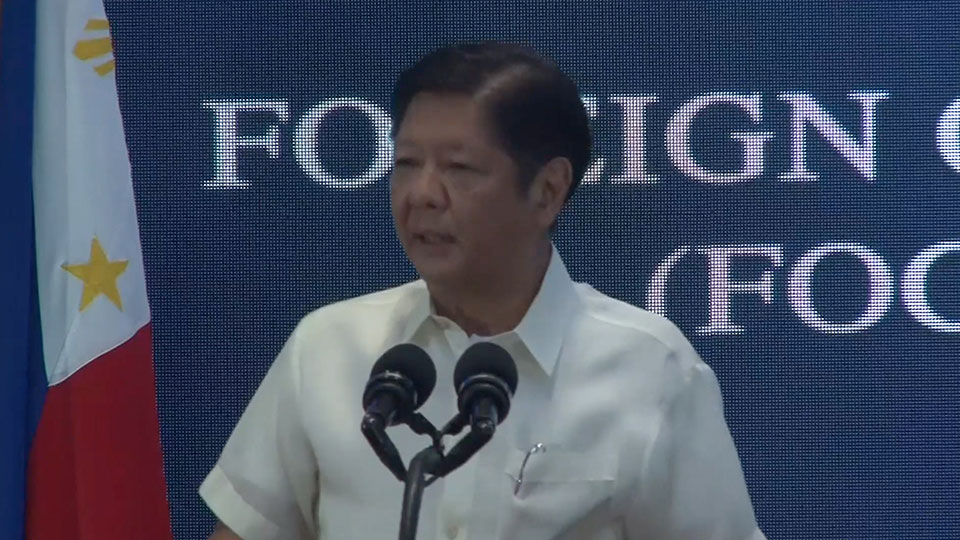
Marcos said the Mutual Defense Treaty with the US will be invoked if any Filipino service member is killed in an attack by any foreign power — suggesting he expects a US military response even if such an attack comes from non-military entities, such as coast guards and private-sector vessels.
China's gray-zone tactics
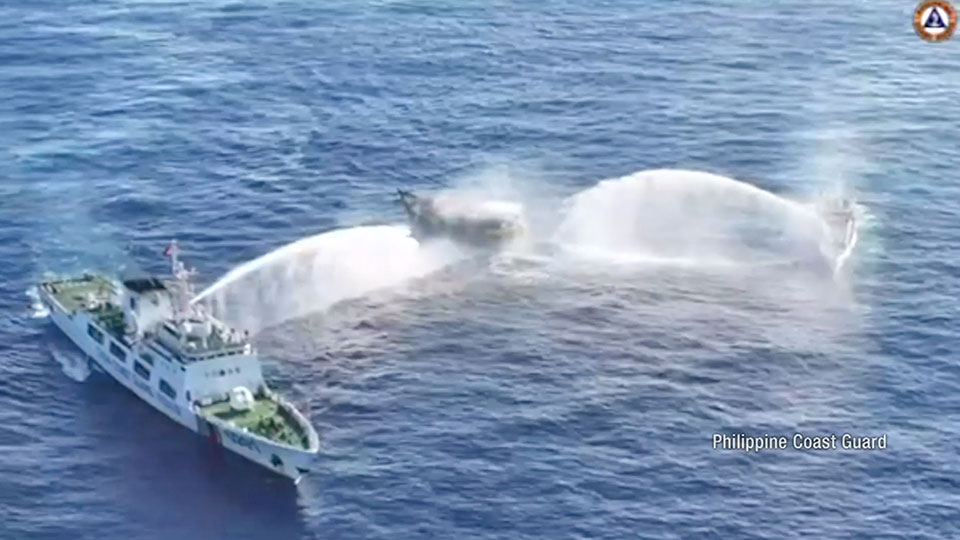
China is stepping up pressure on countries in and around the South China Sea using what is known as gray-zone tactics, that fall short of armed attacks — in a gray area between peace and conflict.
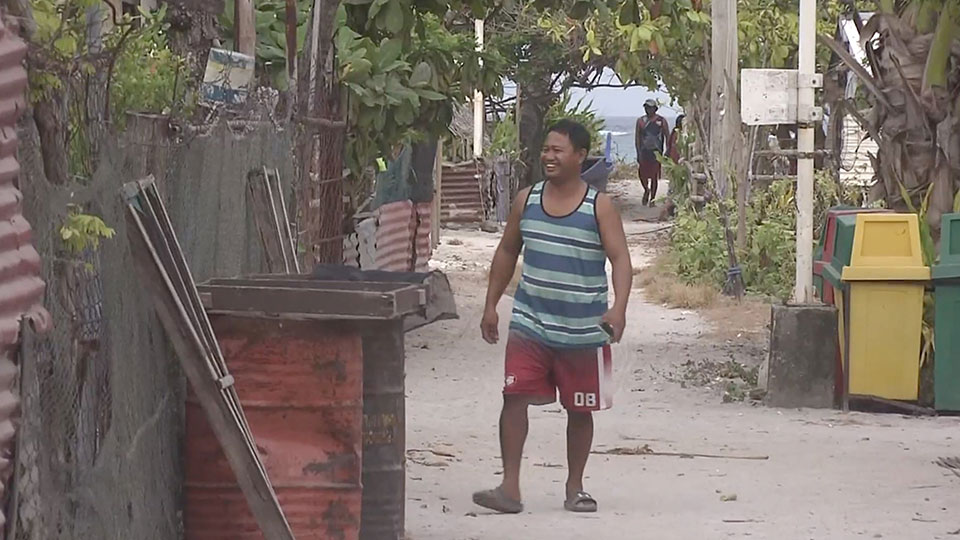
A crew from NHK traveled to the island of Pag-asa to see China's gray-zone tactics in action. The island in the Spratlys is effectively controlled by the Philippines, but China also claims territorial sovereignty.
A sandbar about 5 kilometers from the island has become a source of contention between Manila and Beijing. The NHK crew was allowed to observe the Philippine government's first environmental survey of the sandbar.
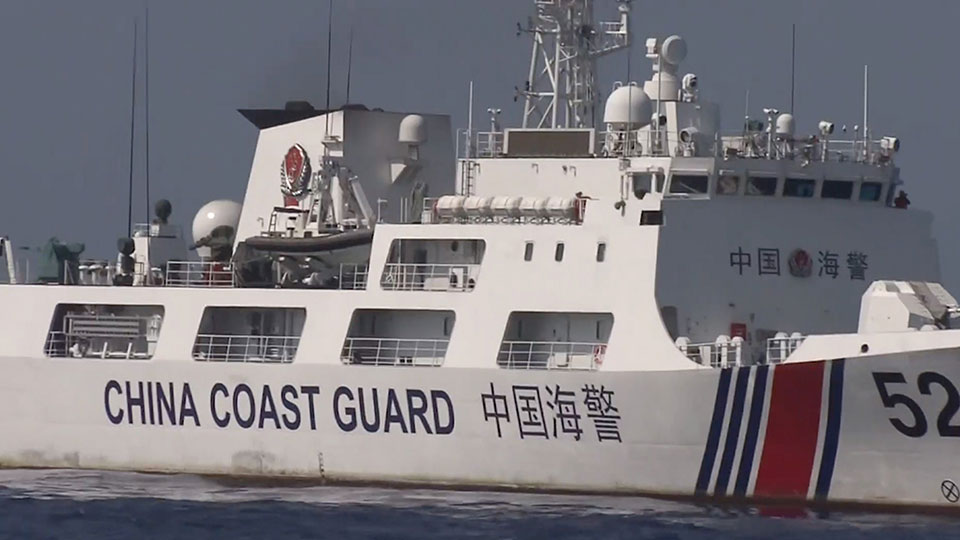
As soon as the Philippine survey ship left port, it was shadowed by the Chinese coast guard. The ship carrying the NHK crew was warned to leave the area. The vessel was soon surrounded by 9 Chinese fishing boats, known to be carrying maritime militia personnel.

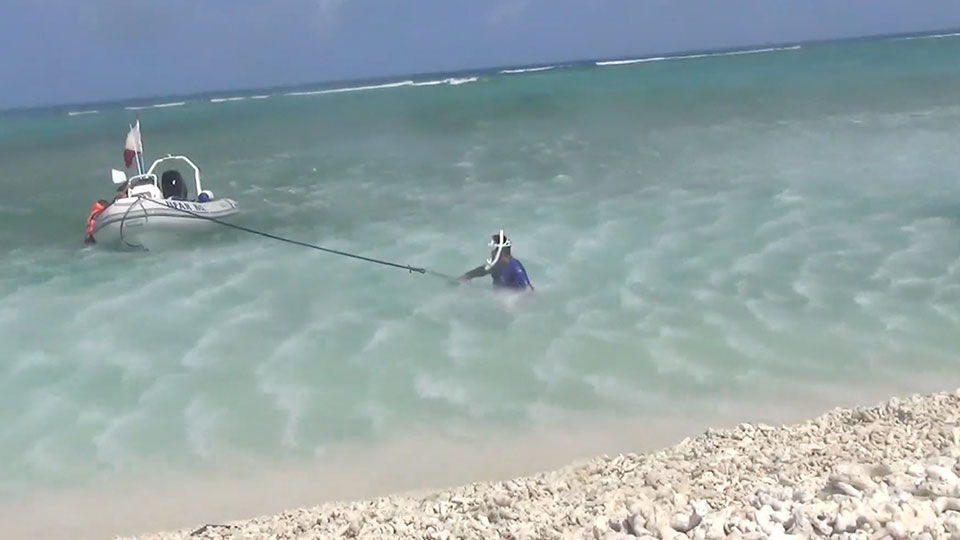
After the research team landed on the sandbar, a Chinese helicopter began hovering overhead. The powerful downwash forced the researchers to suspend the survey and leave the area.
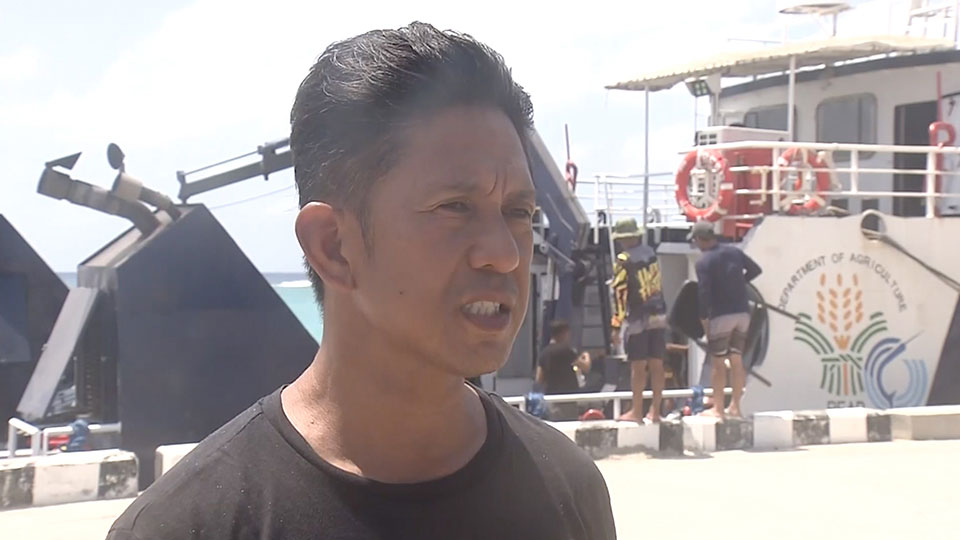
Jonathan Anticamara led the research team. He says he found something unexpected at the sandbar. Dead coral there belonged to a type that had never been seen in the area. Manila suspects it indicates recent land reclamation by China.
China's artificial islands
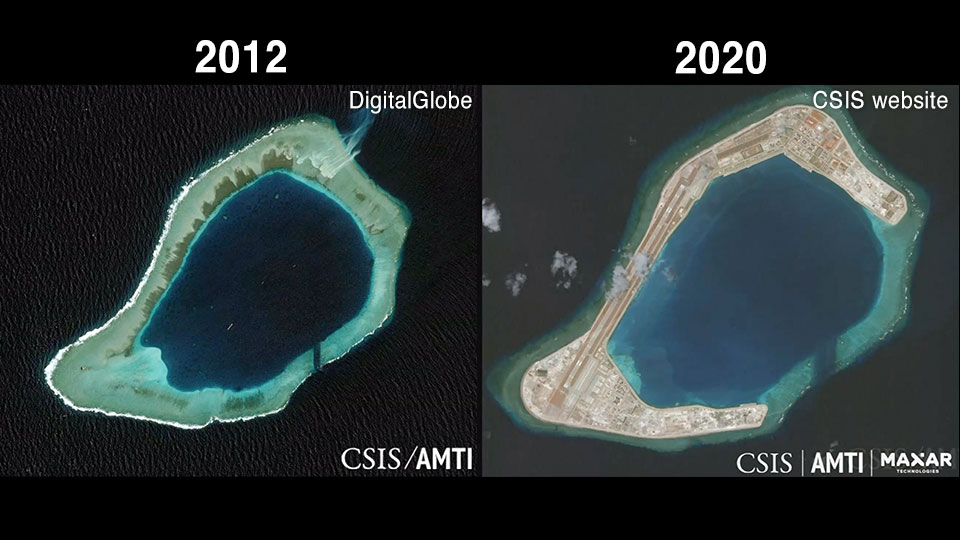
In the past decade, China has been constructing artificial islands in the region. About 25 kilometers from Pag-asa is Subi reef. It's now said to have gun batteries and military-grade runways stretching about 3,000 meters.
The Philippine government believes China's helicopters and vessels use these artificial islands to support their activities. China's strategy is about gaining effective control of areas by using fishing boats and building artificial islands to change the status-quo, without using force. This is why it's called gray-zone tactics.
To counter these moves, the leaders of the Philippines, the US, and Japan have agreed to conduct joint coast guard drills.
Officials at China's foreign ministry issued a sharp response. They criticized the leaders for "forming exclusive groupings."
